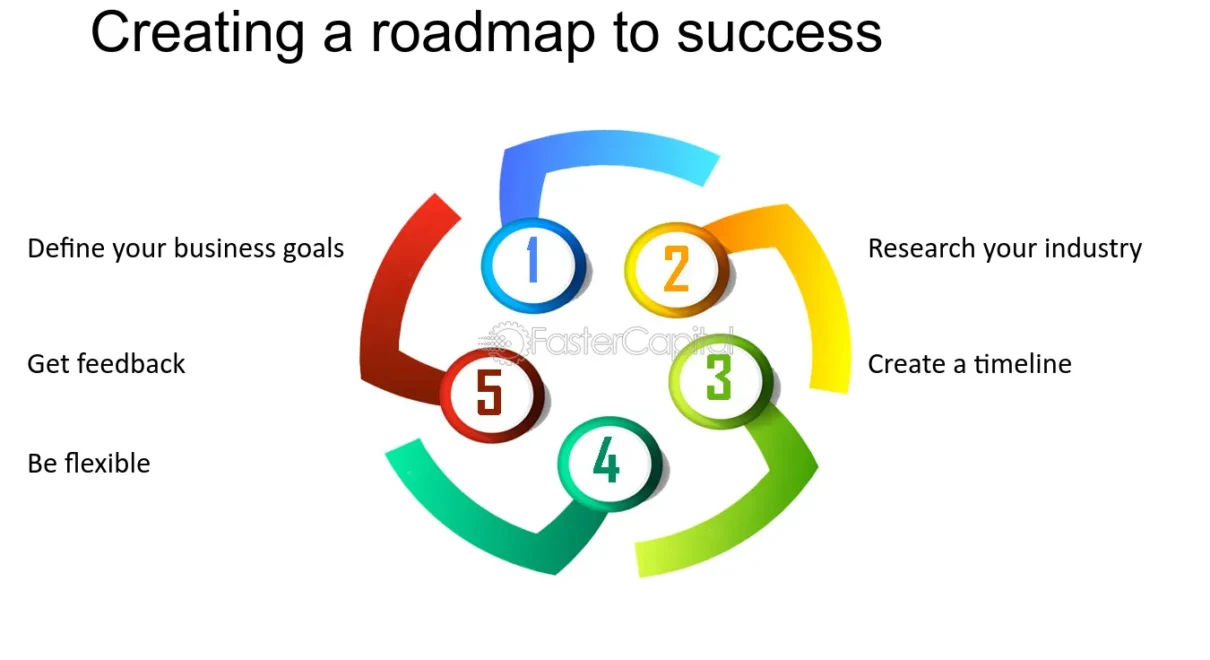In the digital landscape, having a well-defined social media success plan is essential for achieving your marketing objectives and building a strong online presence.
A strategic approach not only helps you stay organized but also maximizes your efforts and resources.
Here’s a step-by-step guide to developing a social media success plan that will drive results.
1. Set Clear Objectives
Begin by defining your social media goals. What do you want to achieve? Your objectives might include increasing brand awareness, generating leads, boosting sales, or enhancing customer engagement.
Ensure that your goals are Specific, Measurable, Achievable, Relevant, and Time-bound (SMART) to provide clear direction and a basis for measuring success.
2. Identify Your Target Audience
Understanding your target audience is crucial for crafting relevant content and engaging effectively. Conduct market research to identify your audience’s demographics, interests, behaviors, and preferences. Utilize tools such as social media insights, Google Analytics, and surveys to gather data and create detailed audience personas.
3. Choose the Right Platforms
Not all social media platforms are suitable for every brand. Select platforms that align with your target audience and business objectives. For instance, if your audience is visually driven, platforms like Instagram and Pinterest might be ideal. Conversely, LinkedIn is better suited for B2B and professional networking.
4. Develop a Content Strategy
A robust content strategy is the backbone of your social media success plan. Decide on the types of content you will create, such as blog posts, videos, infographics, and social media updates. Plan a content calendar to ensure consistent posting and a mix of content that caters to different audience segments.
5. Create a Posting Schedule
Consistency is key in social media marketing. Develop a posting schedule that outlines when and where you will share your content. Use scheduling tools like Buffer, Hootsuite, or Sprout Social to automate posts and maintain a regular presence. Be sure to consider the optimal times for posting based on your audience’s activity patterns.
6. Engage with Your Audience
Social media is not just about broadcasting messages; it’s about building relationships. Actively engage with your followers by responding to comments, messages, and mentions. Participate in conversations, address concerns, and show appreciation for positive feedback. Engaging with your audience fosters a sense of community and trust.
7. Leverage Paid Advertising
Incorporating paid social media advertising can enhance your reach and target specific demographics. Create compelling ad campaigns with clear calls-to-action that align with your objectives. Platforms like Facebook, Instagram, and LinkedIn offer robust targeting options to help you reach your desired audience effectively.
8. Monitor and Analyze Performance
Tracking your social media performance is essential for understanding what’s working and what needs improvement. Use analytics tools provided by social media platforms to monitor key metrics such as engagement rates, reach, impressions, click-through rates, and conversions. Regularly review these metrics to evaluate the effectiveness of your strategy.
9. Adjust and Optimize
Based on your performance analysis, make data-driven adjustments to your strategy. Identify successful tactics and areas for improvement. Experiment with different content types, posting frequencies, and engagement strategies to optimize your results. Social media is dynamic, so staying adaptable is crucial.
10. Stay Informed and Evolve
The social media landscape is constantly evolving with new trends, features, and algorithms. Stay informed about industry developments and emerging trends. Continuously update your strategy to incorporate new tools and practices that can enhance your social media presence and effectiveness.
Conclusion
A well-crafted social media success plan is essential for achieving your marketing goals and building a strong online presence.
By setting clear objectives, understanding your audience, choosing the right platforms, and continuously monitoring and optimizing your efforts, you can create a dynamic and effective social media strategy.
Remember, success on social media requires ongoing effort and adaptation, so stay proactive and responsive to changes in the digital landscape.






